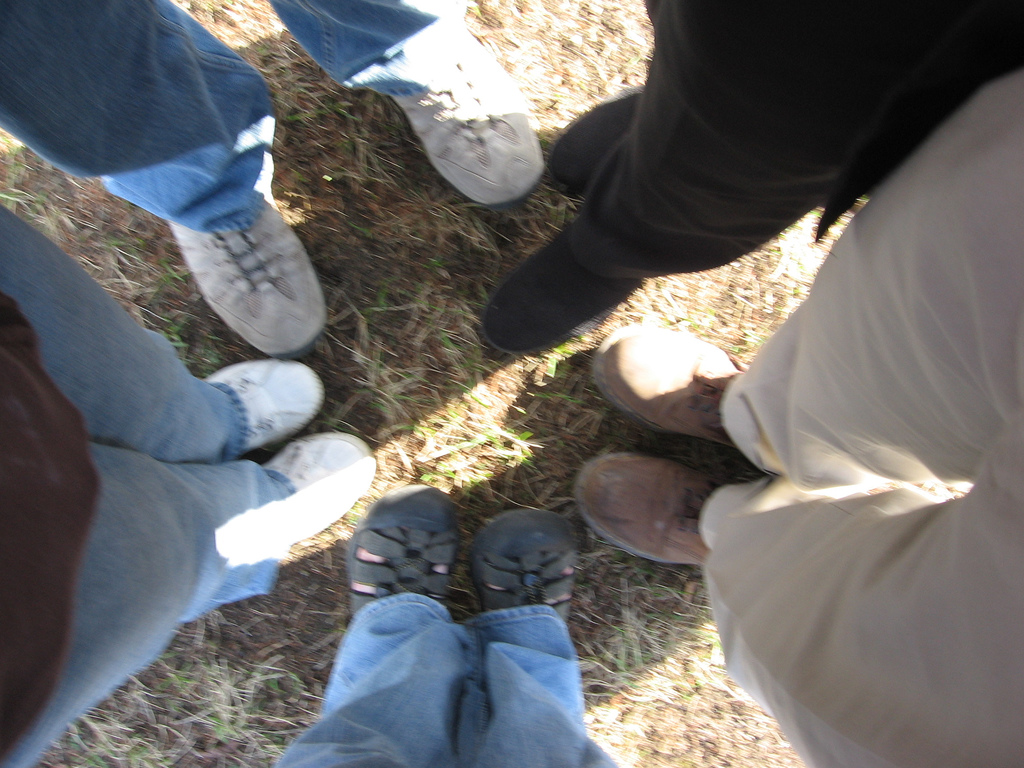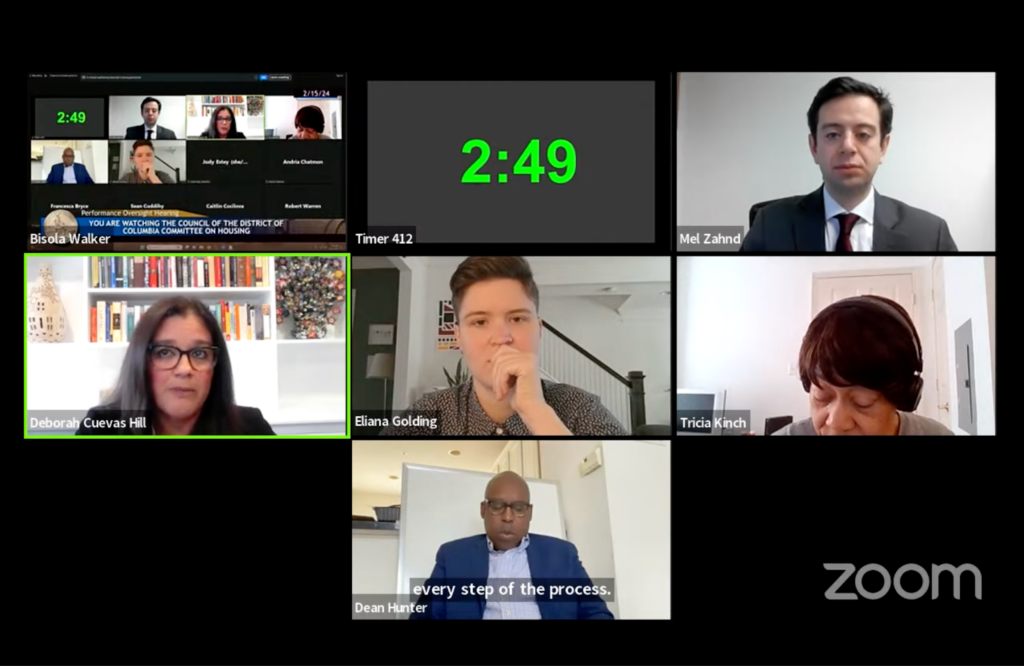D.C.’s first elevated park, The 11th Street Bridge Park, is expected to open in 2019 and connect Wards 6 and 8 across the Anacostia River. Project planners worry the development could price people out of surrounding neighborhoods and are working to avoid that potential by developing community land trusts in the impact area. Bridge Park Director Scott Kratz said that the community has been involved in every step of the process. A key question he asks is, “How do you invest in the neighborhood without displacing the people we’re trying to serve?”
A community land trust (CLT) is a body of people that, through a nonprofit organization, owns land — whether that be whole blocks or specific properties — and keeps it in trust for each other. The purpose of a CLT is often to develop and preserve affordable housing, create gardens or other public areas, and maintain space for the community in a permanent way.
“[CLTs are] a way of gaining control over our community,” said Peter Sabonis, a leading expert on CLTs in Baltimore and the director of legal strategies for the National Economic and Social Rights Initiative. “It’s also a way of getting off of the crazy market stipulation in real estate that keeps on driving [rent and home ownership] prices way up.”
When it comes to affordable housing, CLTs divide the ownership of a property and the ownership of a structure on top of that property, such as a house, apartment building, or commercial building. The nonprofit organization maintains ownership of the land under the structure, allowing the community to have a say in determining the housing re-sale price. This ensures that regardless of housing values in the neighborhood, the houses on CLT land may be kept affordable. CLTs are typically governed by a democratic board comprised of one-third homeowners who live on the properties, one-third local community members and one third nonprofit or housing experts.

This model fills a gap between private and public housing, according to Sabonis. The government runs public housing, which is often under-resourced; and the private housing market is governed by profit, so it does not serve the poor. “The big difference [with CLTs] is there’s a democracy, there’s participation, there’s resident involvement,” he said. “It’s this combination of doing what should be done, equity and justice, but also doing it in a way that’s democratic and participatory.”
The Bridge Park has partnered with City First Homes, which uses the CLT model to create permanent affordable housing in the District, to do just that. President and CEO Robert Burns said that City First has a portfolio of more than 240 homes in D.C. and they are working closely with the 11th Street Bridge Park on an Equitable Development Plan to organize CLTs in the area that surrounds the park. “[The CLT model] incorporates one of the few tools out there that would allow affordability to be preserved for many years down the road, which is critical in a city where affordability is a significant concern,” Burns said.
Boundaries or properties around the Bridge Park that will fit in the CLT model have not yet been determined. That is what Burns and Krats plan to focus on together over the next 18 months. “There’s an urgency of now,” Kratz said. “Properties east of the river, the prices are rising, there’s a real urgency to start acquiring properties as soon as we can.”
Details such as whether they are going to purchase properties outright or talk to the city about taking over blighted and foreclosed homes are still being worked out. Additionally, Kratz plans to start with homeowner properties for the CLT model, but may also consider rental and commercial properties.
The Bridge Park is raising funds for land acquisition to get started with the CLT model. They have more than a half million dollars in pending grants and hope to acquire their first property within that next 18 months, according to Kratz.
“Community land trusts don’t solve the money problem at all,” Sabonis said. “They’re just a tool that keeps properties affordable over time. They need public money and they need foundation money. It’s not only to acquire the property, it’s to rehabilitate the property and also steward the property to keep it maintained over time.”
The community land trust model is not exclusively being applied to affordable housing in the District. Community advocacy Empower D.C. has submitted a proposal to make the Alexander Crummell School in Ivy City a CLT. “The community has always desired to keep Crummell a public property,” said Parisa Norouzi, Empower D.C.’s executive director. “So when the city put out requests for proposals, it’s essentially inviting privatization of the land. Community land trust is another avenue for maintaining it as public space.”
Empower D.C. is working to assemble a forum with D.C. Council on housing-related CLTs in September.
Kratz agrees that the CLT model is an excellent way to invest in the community. “Community land trust is part of a larger series of strategies in how we’re investing in the local neighborhood,” he said. “This has become so much more than a park.”








